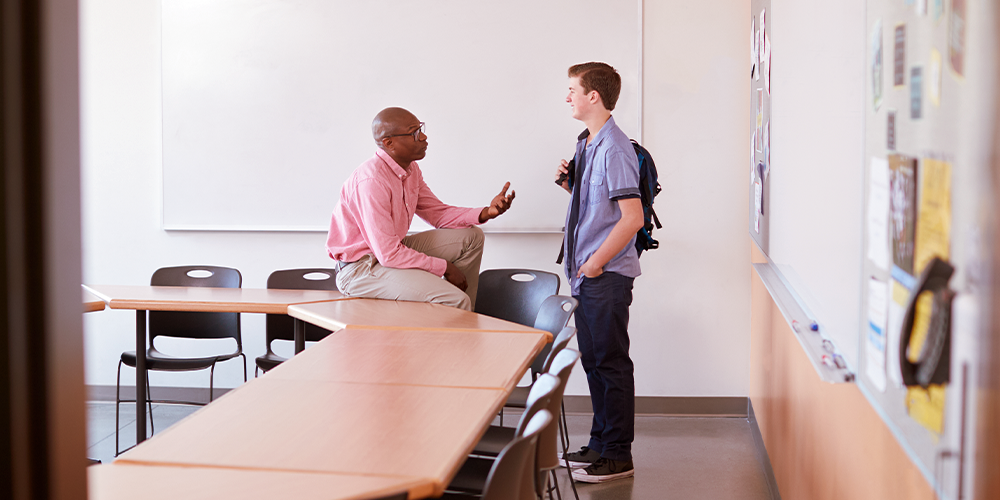Being a teacher is more than just textbooks and lesson plans, working with students means every action can have a profound impact. When students grapple with difficulties, whether it’s a tricky math problem or the complexities of growing up, our responses shape their perspectives. It’s not just about imparting knowledge but also fostering resilience, perseverance, and a healthy dose of optimism.
In these moments, we wield the power to be not just educators but mentors and confidantes. By recognizing the uniqueness of each student’s journey, we create a space where challenges become opportunities for growth. Our actions, both big and small, reverberate in the hearts and minds of our students, influencing not just their academic success but also shaping their character and self-belief.
As you interact with your students, be intentional about incorporating these actions into your approach so you can better support your students and make every moment count.
Learn Student Backgrounds
The more you learn about student backgrounds, the better you can understand student behaviors. Knowing this information helps you identify their behavior triggers and their interests so that you can engage them in learning and in forming relationships.
Help Students Save Face
Avoid embarrassing students by keeping conversations private and if needed, offering them a few minutes in the hall to regain composure after an outburst.
Encourage Student Problem-Solving
When students try to make you angry or act disrespectful, stay calm and refocus on the content. Asking the student for a solution may encourage them to think of something positive to say as well as divert them from the behavior.
Be the Role Model
When a student has a negative behavior, see it as a chance to show how to handle disagreements and negative emotions in a positive manner. Deflect, refocus, and move on with the lesson.
Use I-Messages
Using “you-messages” with students puts them on the defensive. Use “I-messages” and “we-messages” to build a constructive environment.
Maintain Safety for Other Students
If a student is becoming violent and/or jeopardizing your safety and that of other students, call the office for assistance. Remove the other students from the area to a monitored space, and continue watching and trying to talk with the student in trouble.
Resources
McNeely, R. (n.d.). Avoiding power struggles with students. Retrieved from: http://www.nea.org/tools/4992.htm






